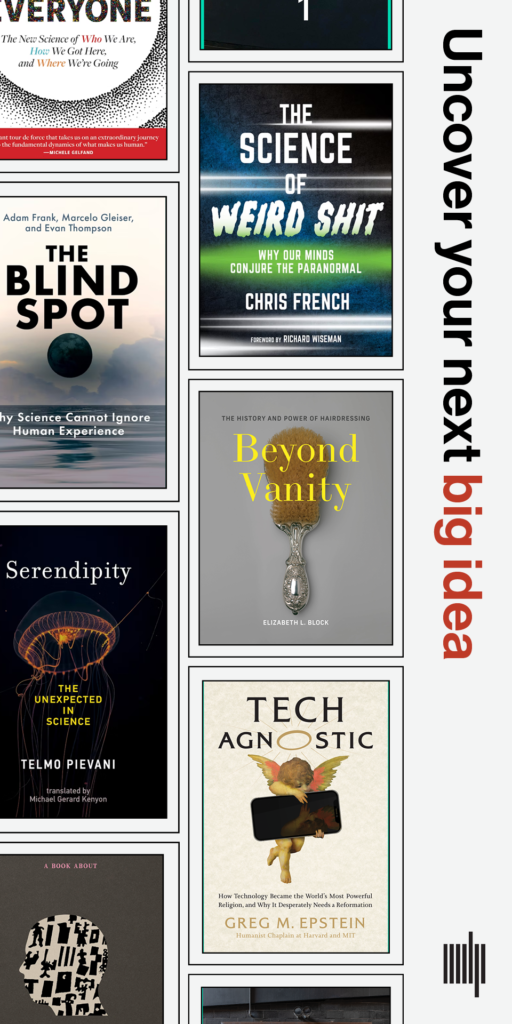In Rebecca Godfrey’s careful prose, the prominent art collector Peggy Guggenheim becomes much more than an heiress or a silly dilettante — both caricatures that Godfrey wanted to correct. Instead, the great benefactor of modernist and surrealist art is depicted as an early feminist. Awed by the suffragettes as a teenager, she later sneaks away from her family’s dynasty to forge her own path in Paris. Her preferred moniker? “Libertine.” As a young girl, she looks up the word when her mother uses it to insult a school friend: “One free from restraint; one who acts according to his impulses and desires; a defamatory name for a freethinker.” Peggy finds the definition “stark and profound,” looking at it “as twins must look at one another, knowing, known.”
Peggy begins with the young, bored libertine at home in New York. Her father’s death on the Titanic has forever altered her family life. She begs her mother to let her attend the all‑girls Jacobi School, hiding the left-wing nature of her studies, and then follows Laurence Vail, the so‑called King of Bohemia, to France in 1920. She marries him, has two children, and, with the fortune she inherited at nineteen, begins to fund the great thinkers of her time: Djuna Barnes, whose Nightwood certainly became “the novel of the century,” written with “the comfort and security” that Peggy’s financial support provided; Emma Goldman, the revolutionary feminist convicted in New York for lecturing on birth control in 1916; and eventually Samuel Beckett, whom Peggy calls Sam during their short love affair. Her favourite sister dies in childbirth; her younger sister drops her two infant boys fourteen storeys from a penthouse roof, claiming their deaths were accidental, and then retires to a sanatorium. Peggy’s portrait is taken by the renowned photographer Man Ray; her school friend marries James Joyce’s son. This novel is a who’s who of twentieth-century modernism and surrealism.

The famed collector, photographed in Paris by Berenice Abbott, then Man Ray’s assistant.
Berenice Abbott, 1926; Alamy
Amid the loss, the great artists, the drama, and the heartache, what shines brightest is the character of Peggy herself. In Godfrey’s writing, time expands and contracts to fit the needs of her hero; entire years are reduced to paragraphs while an evening or an afternoon may take pages to explain. The book reads as an honest rendition of memory: we linger on what is important, while the rest falls into the abyss of the forgotten.
Godfrey’s manipulation of time is most evident in “Part I: Old Masters.” When her cousin Harold introduces her to a bookstore in midtown Manhattan —“To the Sunwise Turn, he said”— young Peggy repeats his words, “already knowing the name was prophetic; he was taking me toward a brightness, and I ran faster than him, despite the fact that he was a boxer, a bullfighter, a man who would later be written about in a novel by Ernest Hemingway.” Most of Peggy is narrated in the present tense, but every so often the title character’s precociousness is emphasized through past-tense knowledge of the future; she understands that the bookshop-cum-salon is a “brightness,” a location that will change her life. The nuggets of approaching drama tempt the reader to keep going.
The Sunwise Turn does prove a brightness in Peggy’s life; it is there that she gains the literary education that equips her for her many dalliances in Paris. It is also there that she meets Laurence Vail, who entreats her to meet him at the Eiffel Tower a month later. She doesn’t. But later she receives a letter that references Vail, and, through a friend, he repeats his request. This time she listens. She leaves for a grand tour, knowing that, like her father, she won’t return.
The Canadian writer Rebecca Godfrey worked on Peggy for a decade, finishing “Part I: Old Masters” in its entirety and most of “Part II: Surrealism.” By the time she died of cancer in October 2022, at the age of fifty-four, she had assembled ample notes and an outline for “Part III: Modernism,” along with thoughts on an epilogue.
Godfrey’s friend Leslie Jamison finished the book from those notes. The American novelist describes her role as “a posthumous collaboration with Rebecca that carried out her vision as best as I could, completing the tremendous work she’d already done, adding a few of my own words to carry out a conception that was utterly, powerfully hers.” That largely holds true.
To the attentive reader, the sections that were written by Godfrey and the section written by Jamison are thematically similar but formally distinct. And the magic of the first two parts is sometimes missing from the third. Only someone previously familiar with Peggy Guggenheim’s biography would fully understand the two brief references to “Max, who was still years from breaking my heart” (Guggenheim married the painter Max Ernst in 1942, divorcing him four years later). The line lacks the wittiness of Peggy under Godfrey’s pen; more specifically, it lacks Godfrey’s gorgeous command over time.
It would be difficult, of course, for Jamison to inhabit the mind of Peggy Guggenheim as Godfrey did. So this criticism is meant as a gentle one: it is virtually an impossible task to truly complete the literary work of another. Even though I missed the style of the first two sections when reading the third, I am grateful that Jamison took up the project with such focus and dedication because the outcome is beautiful and well worth a read.
Kelly Baron is a doctoral candidate in English literature at the University of Toronto.

